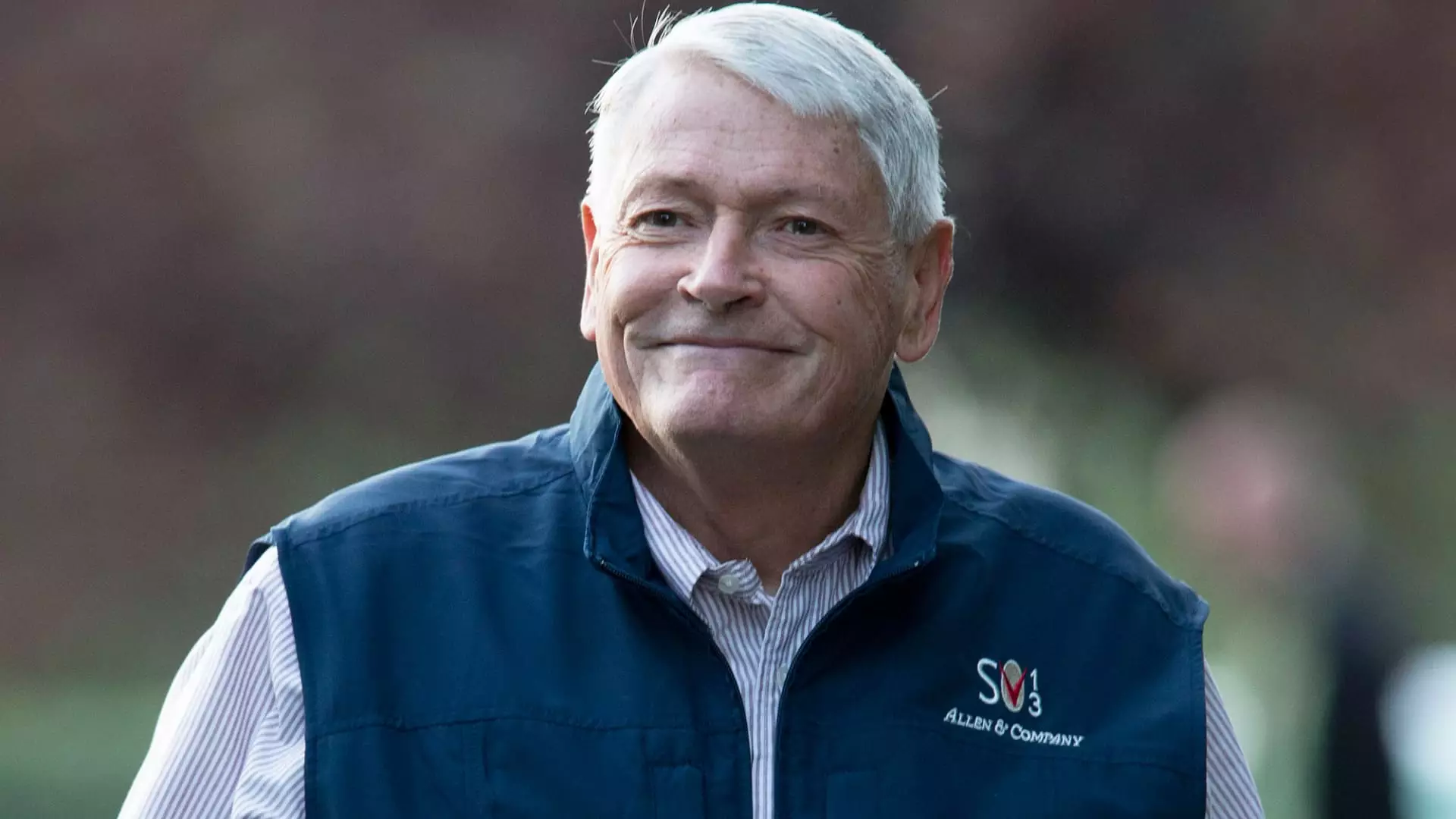The announcement from Liberty Media, with CEO Greg Maffei stepping down and a significant restructuring ahead, has sent ripples through the media and entertainment industries. This strategic spinoff represents a critical juncture not only for Liberty Media but also for its stakeholders and the larger market dynamics at play. With notable leadership changes and the birth of a new entity, Liberty Live, this development demands a closer examination.
Liberty Media’s decision to have John Malone, the company’s storied chairman, return as interim CEO is indicative of a significant turning point. Malone, often celebrated as a media visionary and dubbed the “cable cowboy,” has a proven track record in effectively managing and growing media assets. His return signals a potential shift back to his hands-on approach amid ongoing market complexities. While this change might raise eyebrows regarding future initiatives, it illustrates a shift towards faster decision-making and a clearer strategy.
Maffei’s departure after nearly two decades with Liberty is noteworthy, as he has been instrumental in shaping the company’s trajectory since 2005. Throughout his tenure, Maffei oversaw numerous acquisitions and spinoffs, seeking to enhance shareholder value. Yet, the very decision to spin off most assets into Liberty Live also encapsulates his acknowledgment of the need for simplification to enhance operational performance. This step may unlock new potential for both Liberty Media and the newly formed Liberty Live.
Liberty Live’s creation appears to be a well-thought-out move aimed at streamlining operations and driving shareholder engagement. By isolating major assets such as Live Nation Entertainment and establishing a clearer asset allocation strategy, Liberty Media can potentially enhance its market valuation. Willie Maffei expressed a desire to ensure that shareholders have more direct access to the dynamics of individual assets like Formula One and MotoGP, an undertaking that could yield substantial dividends in the long run.
The decision regarding Liberty Live will likely reap significant benefits for shareholders who may have felt the effects of asset layers slowing overall growth. By categorizing assets more clearly, markets may respond positively, creating better trading conditions and anomaly corrections regarding asset valuation.
The spinoff and the acquisition of Liberty Broadband by Charter Communications reflect a broader trend in media amid rapid technological evolution and viewer behavior shifts. As consumers move towards more integrated media consumption, companies are compelled to streamline their portfolios. Liberty’s deconstruction into more focused entities highlights a thoughtful perception of changing market conditions.
The anticipated completion of these transactions by 2025 aligns with aggressive moves by Liberty Broadband to strengthen its position in the market. This trend towards consolidation serves as a response to intensifying competition and the necessity for companies to harness synergies more effectively. The combination of Liberty Broadband and Charter is predicted to create even more massive leverage in the media landscape, fundamentally altering how media is consumed and distributed.
Liberty Media’s latest developments mark more than just an operational shift; they signify a strategic rebirth in a rapidly evolving media landscape. The company’s moves encapsulate a deep recognition of the necessity for organizational clarity, market resilience, and strategic agility. By spinning off a considerable portion of its assets, appointing John Malone as interim CEO, and focusing on core strengths, Liberty Media aims to redefine itself for the future.
As these transitions unfold, both market analysts and investors will need to keenly observe how Liberty Media’s restructuring affects its competitiveness and overall market perception. The possibilities are ample, but they come with risks. Liberty Media’s evolution will undoubtedly reverberate throughout the media ecosystem, setting the stage for new narratives in an ever-changing industry landscape.

Leave a Reply